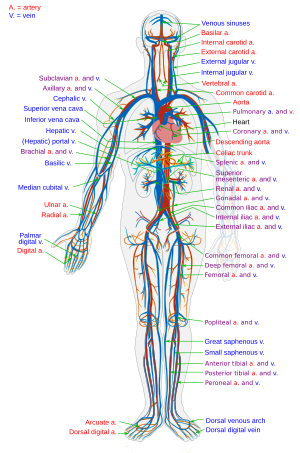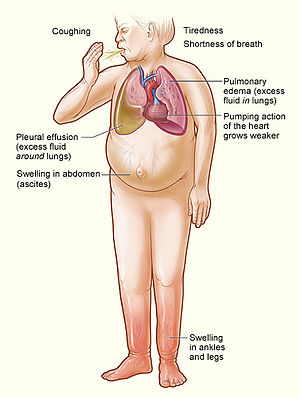
Didn’t it have to be only a matter of time? I’m happy but not surprised to find that heart patients are beginning to benefit from having stem cells injected into their body’s operating plant. So far studies are limited, but they involve human hearts, not mice or pigs, and are yielding some very promising results.
In one case patients who’d had a heart attack had their hearts injected with bone marrow stem cells and experienced stronger healing. Even some scars in heart tissue began to fade. In another study patients battling heart failure after a heart attack benefited from injections of their own cardiac stem cells.
Research indicates that timing and sourcing are important. Using cardiac stem cells seems more effective than those from bone marrow. Injecting stem cells too soon or too late can cut short or even nullify benefits.
All the heart patients today have got to be on pins and needles hoping this research will progress rapidly enough to make a difference for them and those who love them.




















